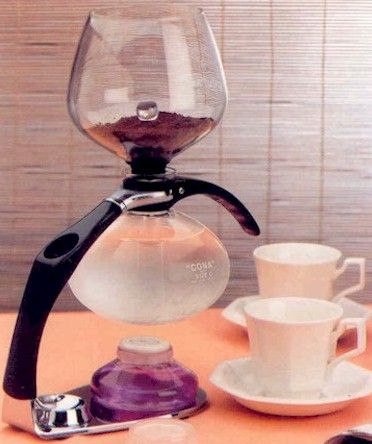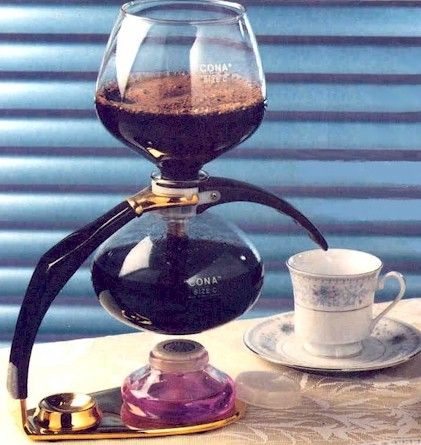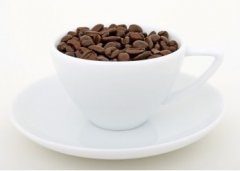The method of making coffee in siphon pot without filter

"CONA" siphon pot is handmade in England. Unlike other siphons, CONA has a water filter rather than a normal filter.

CONA produces four models of siphon, MODEL B (0.28L), C (0.85L) and D (1.1L), with prices ranging from 200mur250.

Important Notice :
前街咖啡 FrontStreet Coffee has moved to new addredd:
FrontStreet Coffee Address: 315,Donghua East Road,GuangZhou
Tel:020 38364473
- Prev

Creative coffee machine recommends magic concrete coffee machine
For people who are in the habit of drinking coffee, it's a good choice to have a coffee machine at home, whether it's fully automatic or semi-automatic, you can have a cup as soon as you want it, but what if it's made of concrete? Shmuel Linski, who is currently studying industrial design in Israel, has a whim to use the concrete used for construction as the material for the coffee machine.
- Next

Coffee common sense how to buy coffee pots and beans
Now the coffee pots on the market are all drip-type, and they are divided into Japanese style, American style and Italian style. The Japanese coffee maker, also known as the siphon pot, has an alcohol lamp on the base and two glass balls on it. It heats the water from the lower glass ball to produce water vapor, pushes the hot water from the lower sphere to the upper pot, and then sucks back the coffee extracted from the upper glass ball after the lower pot cools. Cooked in a Japanese coffee pot
Related
- Beginners will see the "Coffee pull flower" guide!
- What is the difference between ice blog purified milk and ordinary milk coffee?
- Why is the Philippines the largest producer of crops in Liberia?
- For coffee extraction, should the fine powder be retained?
- How does extracted espresso fill pressed powder? How much strength does it take to press the powder?
- How to make jasmine cold extract coffee? Is the jasmine + latte good?
- Will this little toy really make the coffee taste better? How does Lily Drip affect coffee extraction?
- Will the action of slapping the filter cup also affect coffee extraction?
- What's the difference between powder-to-water ratio and powder-to-liquid ratio?
- What is the Ethiopian local species? What does it have to do with Heirloom native species?

